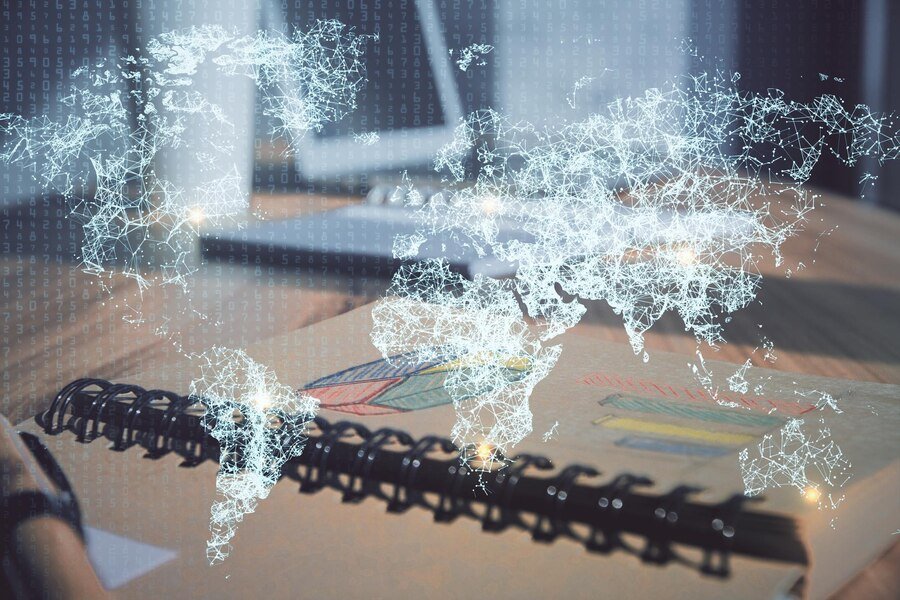Metal masks have captured our imaginations for centuries. These intriguing artifacts have been worn by warriors, used in sacred ceremonies, and embraced as powerful symbols in pop culture. From ancient times to modern interpretations, metal masks reveal unique insights into different cultures and societies. In this article, we’ll explore the history, uses, and cultural significance of metal masks, examining how they’ve evolved from practical armor to ceremonial objects to iconic fashion pieces.
What Are Metal Masks?
Metal masks are protective or decorative masks crafted from various metals, such as bronze, iron, or gold. These masks are often detailed with intricate designs, symbolizing power, mystery, or spirituality. Historically, metal masks have been associated with warriors, royalty, and figures of authority, reflecting their enduring symbolism and influence across cultures.
The History of Metal Masks
The origins of metal masks date back to ancient civilizations, where they served practical, religious, and social purposes. Let’s dive into some key historical contexts where metal masks played a role:
1. Ancient Warfare and Protection
In ancient times, metal masks were essential for warriors, offering protection in battle. Metal face armor was designed to protect vulnerable areas of the head, helping soldiers avoid fatal injuries. These early masks were functional yet decorated, often reflecting the warrior’s rank or cultural affiliations.
2. Rituals and Ceremonies
In various cultures, metal masks were used in spiritual ceremonies to represent deities or supernatural beings. They were thought to channel divine energies, helping participants connect with the gods or ancestors. For instance, ancient tribes in Africa and South America crafted metal masks for tribal rituals, believing they held protective and spiritual powers.
3. Masks in Ancient Egyptian Burial Practices
Metal masks, particularly gold ones, were significant in ancient Egypt, especially in burial practices. The famous death mask of Tutankhamun is an iconic example, created to protect and guide the deceased in the afterlife. These masks symbolized eternal life and divine protection, showcasing the Egyptians’ deep beliefs in life after death.
4. Japanese Samurai and Kabuto Helmets
In feudal Japan, samurai warriors wore kabuto helmets that included metal face guards or masks. These masks, often depicting fierce expressions, were designed to intimidate opponents and protect the warrior’s face. The samurai’s mask became a symbol of honor, bravery, and military strength, showing the cultural importance of face armor in Japanese society.
Modern-Day Uses of Metal Masks
Today, metal masks have evolved beyond their original functions and are embraced in various forms, from fashion and pop culture to performance art and technology. Let’s look at some contemporary uses of metal masks:
1. Metal Masks in Theater and Performance Art
Metal masks have become prominent in performance art, with artists using them to convey powerful emotions and themes. The rigid nature of metal masks allows for striking expressions and can add a dramatic effect in stage performances or film. Some theater productions incorporate metal masks to emphasize character roles, representing timeless themes like power and identity.
2. Symbolism in Film and Pop Culture
In popular culture, metal masks have become iconic symbols. Characters like Darth Vader, Iron Man, and Bane all feature metal masks, which symbolize strength, mystery, or technological advancement. These characters often wear metal masks to enhance their identities, using the mask to represent traits like resilience, anonymity, and power.
3. Fashion and Avant-Garde Statements
In the fashion world, metal masks have found a niche in avant-garde and high-fashion designs. Designers use metal masks to create edgy, futuristic looks that push the boundaries of traditional fashion. These masks, often highly stylized and intricate, are worn on runways and in editorial shoots, representing bold statements about identity and transformation.
4. Personal Protective Gear in Modern Times
Interestingly, metal masks have also taken on a functional role in the form of protective gear for certain jobs. Welders, for instance, wear metal masks to protect their faces from sparks and debris. These modern metal masks provide a blend of utility and safety, showing how the protective qualities of metal masks have persisted through time.
The Symbolism Behind Metal Masks
Metal masks have consistently held deep symbolic meanings, many of which have persisted over centuries. Here are a few symbolic aspects of metal masks:
1. Power and Authority
Metal masks are often associated with power and authority. Throughout history, leaders and warriors wore metal masks as a sign of their dominance, reflecting their strength and influence. Today, metal masks in media often represent characters with significant control or supernatural abilities.
2. Mystery and Anonymity
Masks, especially metal ones, naturally evoke a sense of mystery. Covering the face, they create an aura of the unknown, hiding the wearer’s identity. This sense of anonymity has made metal masks popular symbols in art, representing hidden truths, secrets, and the complexity of human nature.
3. Transformation and Protection
Metal masks often symbolize transformation, providing the wearer with a new identity or persona. In ceremonial and theatrical uses, metal masks allow people to “become” different beings, representing mythical figures or ancestors. The protective nature of metal also enhances this symbolism, suggesting that masks can shield the soul as well as the body.
Different Types of Metal Masks
Metal masks come in various forms, each serving a unique purpose. Here are some popular types of metal masks throughout history and in modern applications:
1. War Masks
War masks were designed to protect soldiers in battle and were often crafted to intimidate enemies. Examples include the Spartan hoplite masks and Japanese samurai face guards, which are both renowned for their formidable designs.
2. Ritual and Ceremony Masks
Ceremonial masks are used in religious and spiritual rituals. These masks are crafted from various metals, sometimes adorned with gold or jewels, and are believed to channel divine energies. They are found in many cultures, including African, Native American, and ancient Egyptian traditions.
3. Death Masks and Funerary Masks
Ancient cultures like Egypt and Greece used metal masks in burials to honor the dead and guide them to the afterlife. Tutankhamun’s gold death mask is one of the most famous examples, symbolizing protection and eternal life for the deceased.
15. Modern Fashion and Art Masks
Today, metal masks are seen in fashion and art, where they are used to make bold artistic statements. Avant-garde designers and artists often incorporate metal masks in their work, challenging traditional ideas of beauty and identity.
The Lasting Influence of Metal Masks

Metal masks have transcended time, from ancient battles to high-fashion runways. Their cultural and symbolic significance continues to evolve, influencing various fields, from art to technology. The ability of metal masks to represent themes like strength, mystery, and transformation keeps them relevant in modern culture, bridging the gap between history and contemporary expression.
Conclusion
Metal masks are more than just protective gear or decorative pieces. They tell stories of bravery, spirituality, and the timeless human desire to express and protect one’s identity. Whether as ancient artifacts, theatrical props, or pop culture icons, metal masks remain symbols of mystery, power, and transformation. Next time you see a metal mask, remember that it carries centuries of history, symbolism, and artistry—an enduring testament to the fascinating ways humans express themselves.
FAQs
Why were metal masks used in ancient warfare?
Metal masks provided protection for soldiers, shielding their faces in battle. They were designed to protect the wearer while also intimidating opponents.
Are metal masks still used in modern theater?
Yes, metal masks are used in modern theater and performance art, where they help portray strong themes and add dramatic effect to character roles.
How are metal masks used in fashion?
In fashion, metal masks are used to create bold, avant-garde looks on runways and in photoshoots, pushing the boundaries of identity and style.
What is the symbolism behind metal masks in pop culture?
In pop culture, metal masks often symbolize power, mystery, and anonymity. They are worn by iconic characters who possess strength or conceal their identities.
Can metal masks be considered art?
Absolutely. Many metal masks are intricately designed and carry cultural and symbolic meanings, making them valued pieces of art in museums and collections.











